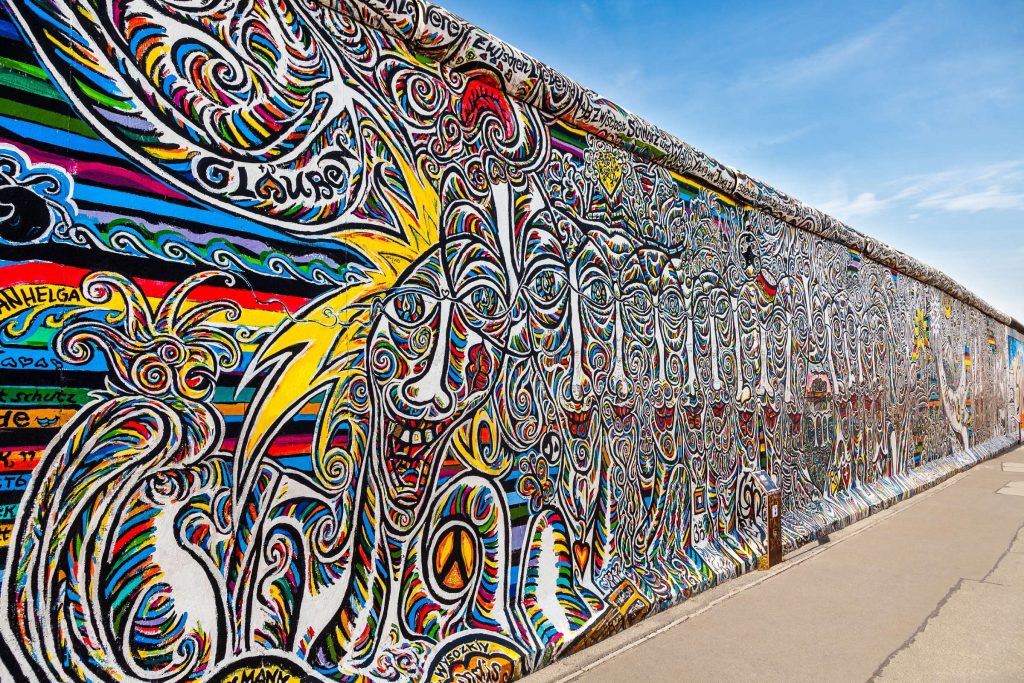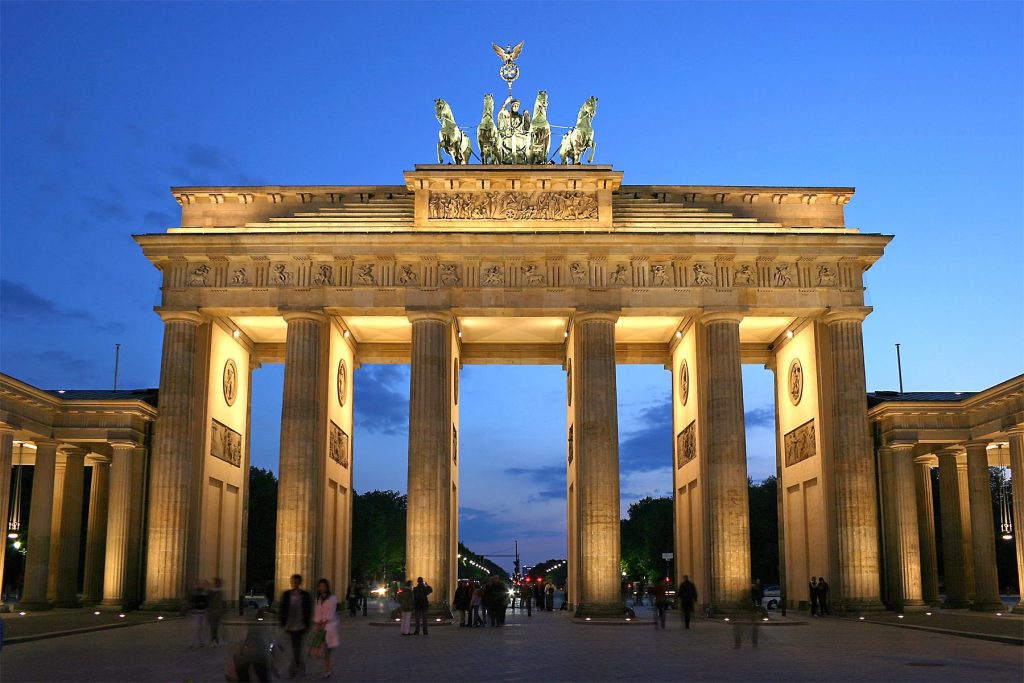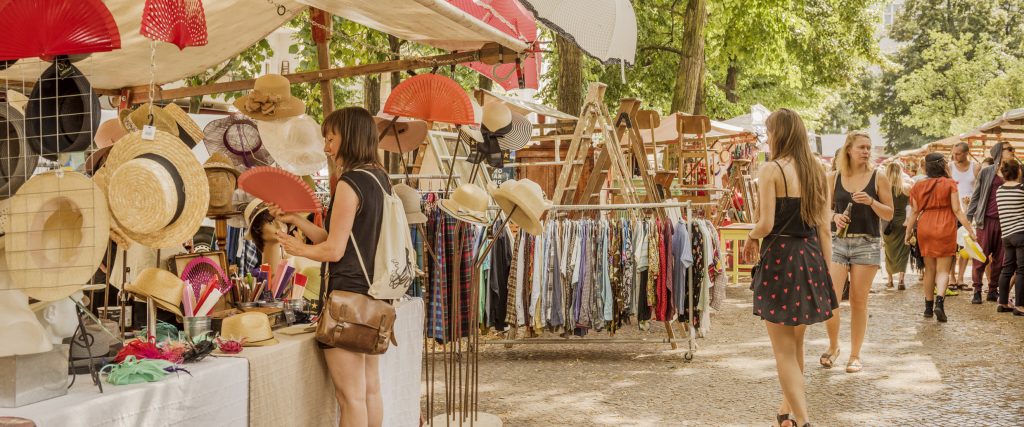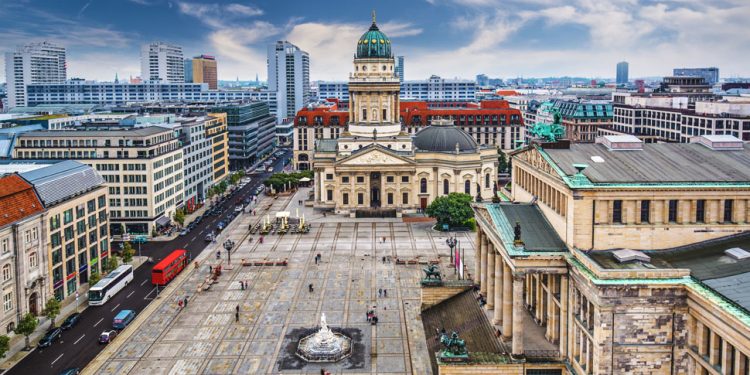History is always fascinating. And if you are someone who loves both travelling and history, then Europe is the place to visit. Europe is a perfect amalgamation of ancient, medieval and modern history. It is up to you how you choose your destination.
Europe played a major role in shaping today’s international politics afterit recovered from the devastation caused by two World Wars. Germany was among the countries that was most affected by the World Wars and the Cold War. So, we chose Germany for thesehistorical reasons. The country is steeped in medieval and modern history. At the same time, Germany boasts some natural wonders that exemplify the diversity of the European landscape. 
The best time to visit Germany is during the spring. Though there are many big interesting cities to see such as Berlin, Hamburg, Cologne, Dresden and Munich, we were on a budget trip and time was a constraint, so we decided to visit only Berlin and Gottingen. Most tourists give Gottingen a miss but for those interested in nuclear physics, this small city tops the must-visit list.
Berlin is well connected by air from all metro cities in India. However, Mumbai and Delhi are the ideal boarding points, with multiple flights. We boarded from Mumbai, took a connecting flight from Istanbul and reached Berlin early morning.
Berlin is one of the cheapest cities in Europe, but it can get expensive if you don’t plan your travel properly. Ideally, you should pre-book a budget hotel or a home stay. We opted for a home stay, because the rooms are spacious and, at the same time, it helps save a few extra bucks, which you could spend on buying souvenirs.
There is something for everyone in Berlin. There’s wartime history, museum artefacts dating back 1,000 years, lavish street food and some vibrant multicultural street art and global music.
Berlin has a great transport network and most of the famous landmarks are free to visit. After a quick lunch at a street side restaurant, we set off to explore the city. It was our first day and we wanted to go slow. You can ride a tram or bus or simply buy a U Bahn pass for the subway rail system that connects the city almost throughout the day. Another wise thing to do is buy a Berlin Welcome Card in advance. The card allows discounts at several attractions in the city and covers your public transport costs.
The history of Berlin is complex and multi-layered, with numerous dark episodes. We decided to start with Brandenburg Gate and Reichstag. The Memorial to the Murdered Jews of Europe, also known as the Holocaust Memorial,revealsa lot about the country’s turbulent past. The towering columns arranged in grid pattern on a sloping field looks like a cemetery without any names on tombstones. However, the abstract installation leaves room for interpretation. When you start walking through the zigzag roads adjoiningthe columns, you are reminded of the sufferings faced by the Jews atthe hands of the Nazis.

Our next destination was Museum Island. A visit to Berlin is incomplete without a trip to the HackescheHöfe. You can spend time taking a walk inthe largest single courtyard complex in the country. The courtyard is surrounded by 19th century buildings, which were partially damaged during World War II. However, the complex has been restored since the unification of East and West Germany in 1990.
We were tired after the long flight and decided to retire early. Next morning, we started with a hearty breakfast comprising burgers and pretzels dipped in decadent chocolate and cheese sauce. We decided to explore the city on foot during the first half of the day. There are many tour organisers who arrange walks. Our first stop was the East Side Gallery. This has become a prime tourist destination since the unification. Hundreds of artists from across the world were invited in 1990 to paint murals on the remaining portions of the iconic Berlin Wall. The wall is now a brightlycoloured gallery and an ideal place for photogs.
We were lucky to be in Berlin on a Sunday. The Mauerpark Fleamarket, which is held on Sundays, is an ideal place for shoppers who are looking for vintage clothes, vinyl records orantiques at affordable rates. There’s a lovely street food section within the market and you can grab a hamburger and a mug of beer. If you are interested in classical music, you can also attend free lunchtime concerts in the foyer of Berlin Philharmonic. The 40-minute long session showcases the rich musical heritage of the country.
After the walk, we were tired and wanted to relax. So, we decided to go for lunch. After relishing an elaborate meat platter and Berlinese coffee, we decided to go back to the hotel. We had pre-planned a cruise dinner. A cruise along River Spree over a lavish dinner and wine is a great way to spend a romantic evening in Berlin. And if you love photography, then you are spoilt for choice.
Unlike in India, dinneris eaten early in Germany but that doesn’t mean the city sleeps early. Berlin offersa pulsating nightlife. If you are in a mood to explore the narrow alleys of the city with every corner telling a new story, hire a night guide. The guide will take you through the streets of Prenzlauer Berg, Kreuzberg and Friedrichshain to some of the most popular pubs, where you can relish a mug of the finest craft beer.
Next morning, we planned for an early Berlin Segway Tour. This tour covers almost everything. Berlin has more than a 100 museums and art galleries and although we had already seen a few, we didn’t mind visiting them again. The tour covers Brandenburg Gate, East Side Gallery, Berlin Cathedral, Museum Island, Reichstag, and Gendarmenmarkt.

With half the day gone, we decided to go for lunch. If you are in Berlin, you can’t give currywurst a miss. There are manyrestaurants that serve this traditional dish, but Curry 21 certainly tops the list. This was our last day in Berlin and we decided to go shopping. Berlin is a shopaholic’s paradise. We decided to go to Friedrichstrabe. This place, or district as they call it, is surrounded by museums and the iconic Checkpoint Charlie, the main border crossing point during the Cold War. This is also the entertainment hub of the city with a number of theatres.
The next morning, we went on a quick trip to Gottingen. A three-and-a-half-hour drive from Berlin, Gottingen is a small city but home to one of Germany’s most historic institutions. Gottingen University during the 1930s became a focal point of the Nazi crackdown on Jewish physicists, who fled to countries like the US, UK, Sweden and Denmark. It is said that had Adolf Hitler known more about the work there, the atom bomb would have been invented long before in this university. There is a little bit of history in every corner of the university which till date has produced more than 45 Nobel laureates including Albert Einstein, Max Planck, Werner Heisenberg, Max Born, James Franck, Eugene Wigner and LeóSzilárd.
Back from Gottingen after a whirlwind tour, we freshened up at our hotel and headed straight to the airport, with plans of coming back for a longer stay next time.
RITUJAAY GHOSH, OP







































